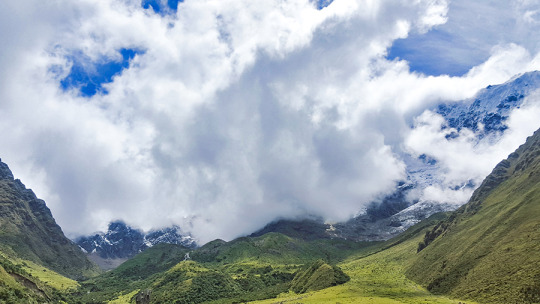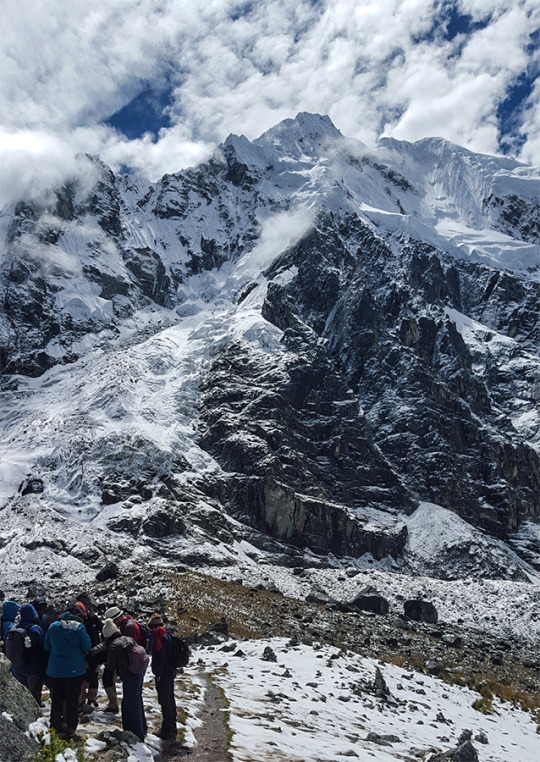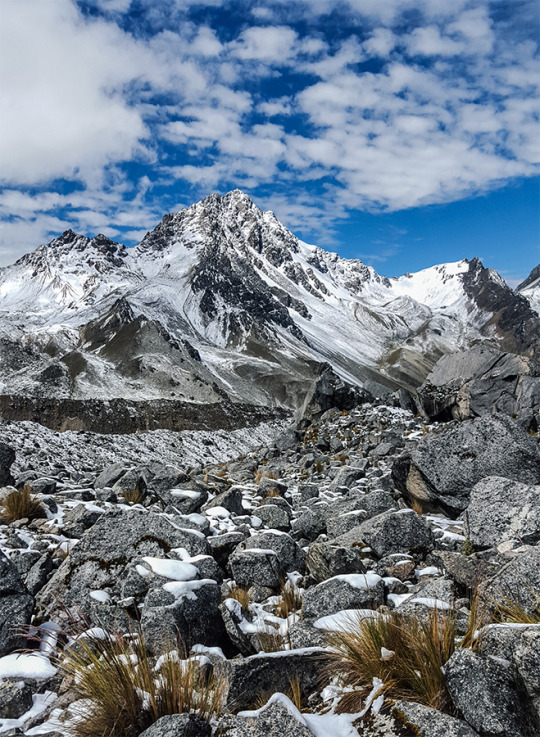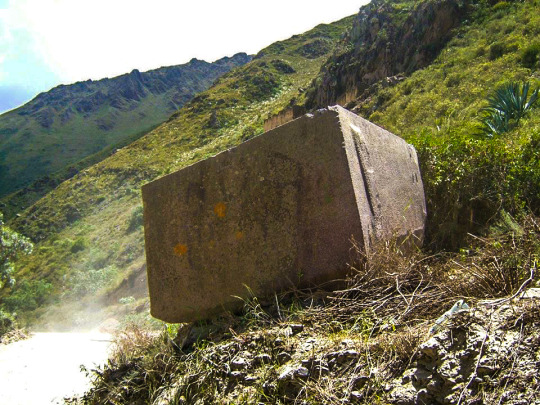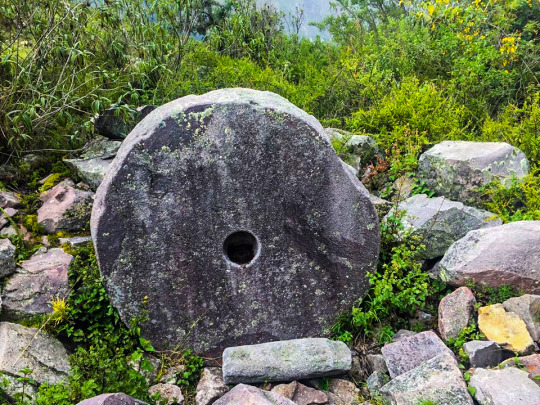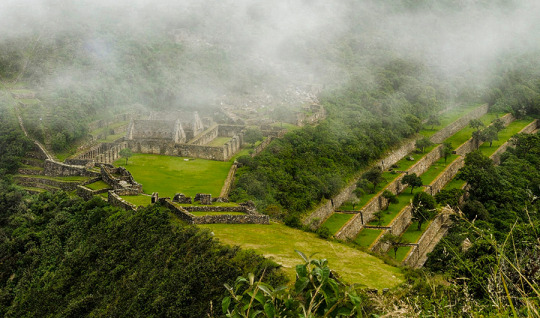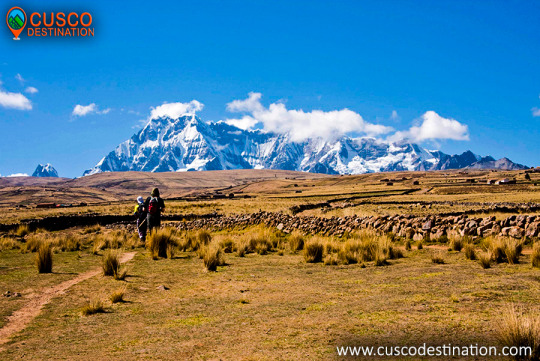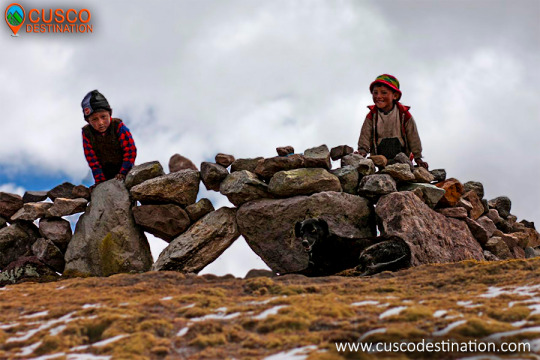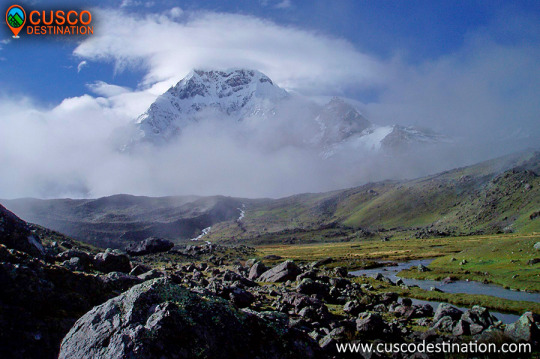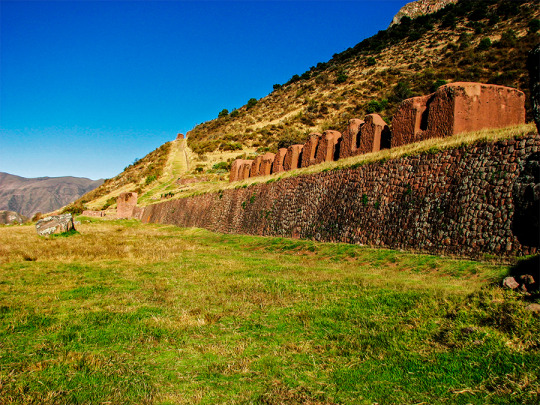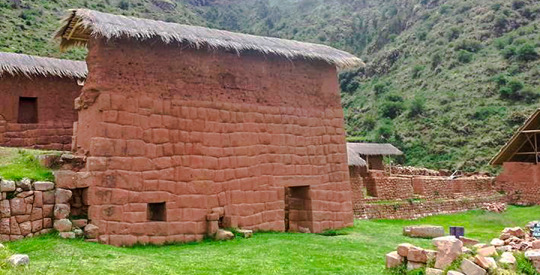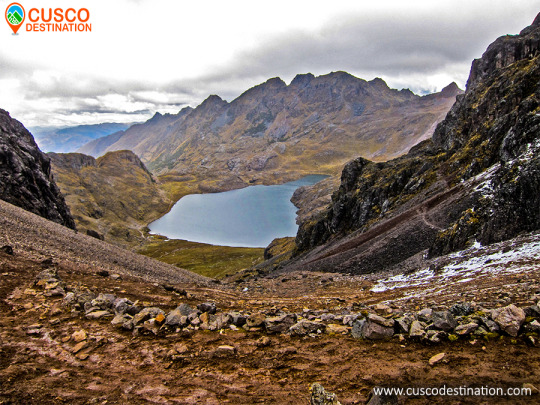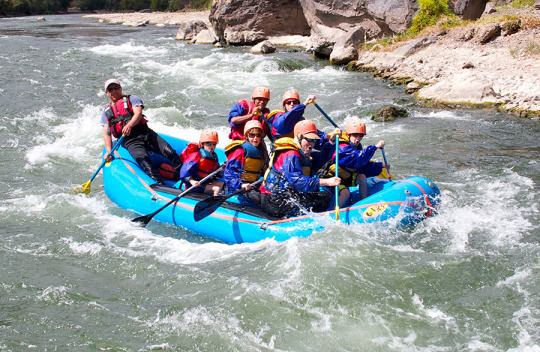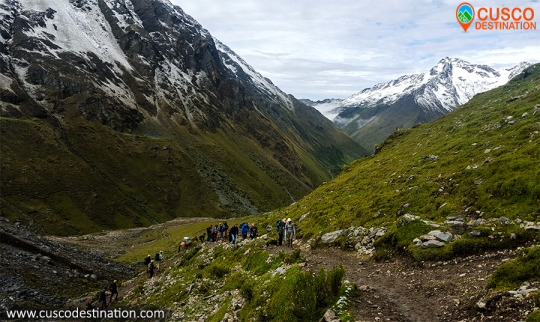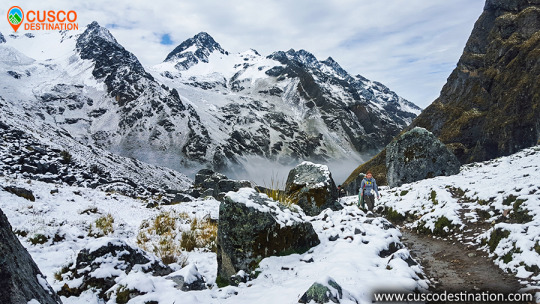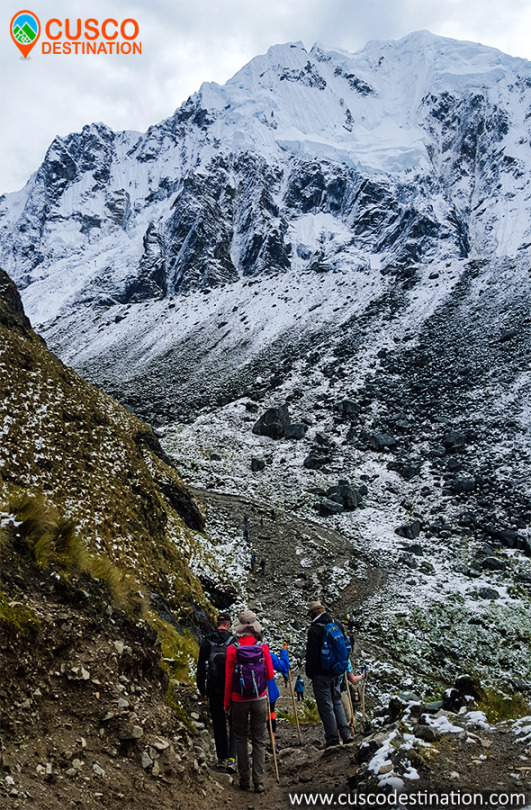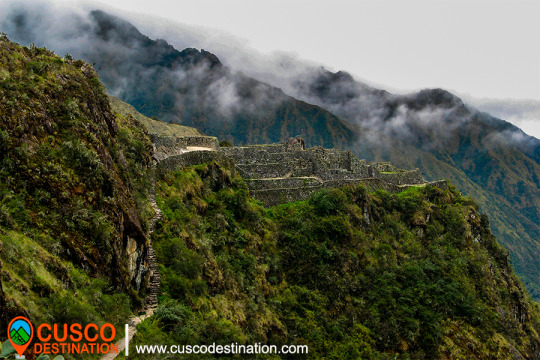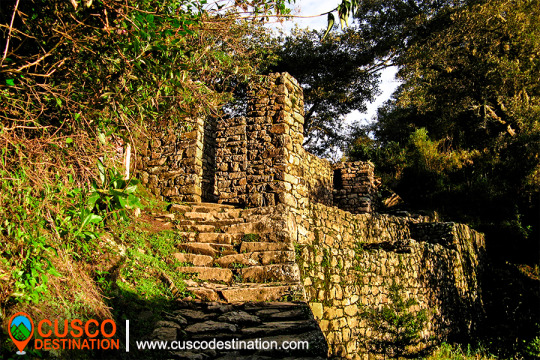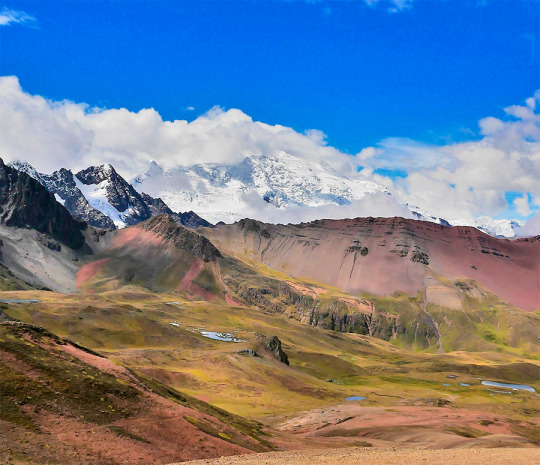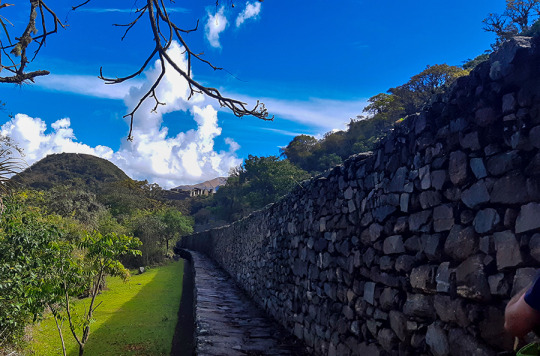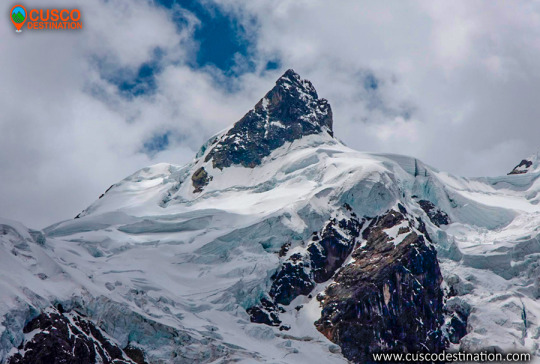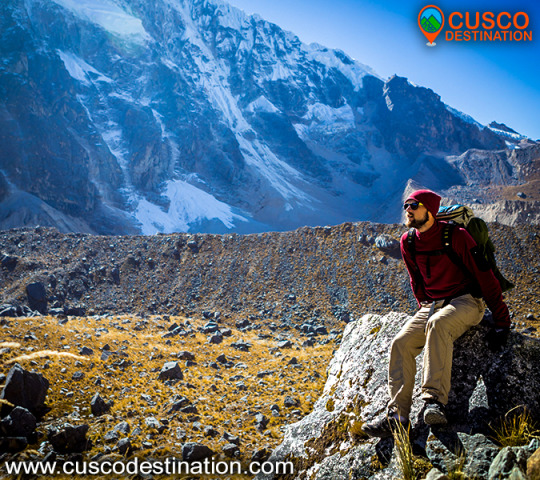The Inca Jungle tour is a tour that departs from the City of Cusco and ends in Machu Picchu, after 4 days and 3 nights after performing a series of adventure sports such as: cycling, trekking, canoeing and zip line.
The Inca Jungle is one of the most popular tours in Peru.

What is the Inca Jungle route?
The Inca Jungle begins in the city of Cusco and ends in Machu Picchu.
During the journey you cross the Sacred Valley of the Incas, then enter the jungle eyebrow of Cusco to finally arrive at the Wonder of the World.
This is the route during the 4 days of the tour:
- 1st. day: Cusco - Abra Málaga - Santa María Town.
- 2nd. day: Santa María - Thermal baths - Santa Teresa town.
- 3rd. day: Santa Teresa - Hydroelectric - Aguas Calientes town.
- 4th. day: Aguas Calientes - Machu Picchu - Cusco.
The Inca Jungle runs through its highest point in the so-called ‘Abra Málaga’ (4,230 masl).
The lowest point is in the town of Aguas Calientes (2,000 m.a.s.l.), also known as Machu Picchu town.
Map of the Inca Jungle Machu Picchu
The Inca Jungle begins in the city of Cusco.
After doing various adventure sports, visit the Inca City of Machu Picchu.
The return to the city of Cusco is by train and bus.
What is the weather like during the Inca Jungle?
The climate during the Inca Jungle is varied.
The coldest point is in Abra Málaga (average temperature of 9ºC during the day). Then we descend to the tropical climate of the jungle eyebrow.
The warmest point is in the town of Santa Teresa (day temperature up to 26ºC).
What is the flora and fauna like during the Inca Jungle?
The Inca Jungle is characterized by the beautiful landscapes during the tour.
Along the way you can see vizcachas, llamas, spectacled bears, cock of the rocks and a wide variety of orchids.
In addition, plantations of bananas, mangoes, oranges and more are crossed.
Does 4 days seem too long for the Inca Jungle? There is another 3-day service, which accelerates the pace of the walks to reach Machu Picchu earlier. However, the most popular Inca Jungle tour is the one that lasts 4 days.
What sports does the Inca Jungle include?
The Inca Jungle includes the following adventure sports:
Cycling (included).
Hike (included).
Canoeing (not included).
Zipline (not included).
Who can do the Inca Jungle?
The Inca Jungle is available for tourists of all ages.
However, the tour is recommended for tourists in good physical shape.
Older adults should consult their doctor before the tour.
Minors must be accustomed to physical efforts and take the tour in the company of their parents.
Sports in the Inca Jungle
How is the tour of the Inca Jungle?
Tours to the Inca Jungle may vary according to the travel agency. However, in general, everyone follows this itinerary:
Day 1: Cusco - Santa María:
- Pick up from the visitor's hotel.
- Travel by bus from Cusco to ‘Abra Málaga’ through the Sacred Valley of the Incas.
- Bike descent from ‘Abra Málaga’ to the town of Santa María.
- Lunch.
- Canoeing adventure on the Vilcanota river (Optional).
- Accommodation in Santa María.
- Breakfast.
- Walk from Santa María to Santa Teresa through ancient Inca trails.
- Lunch in the town of Kellomayo.
- Relax in the thermal baths of Cocalmayo.
- Dinner and lodging in the town of Santa Teresa.
- Breakfast.
- Adventure in the Zip Line (optional).
- Walk to the ‘Hydroelectric’ station.
- Lunch.
- 'Hydroelectric' walk to the town of Aguas Calientes.
- Dinner and lodging in Aguas Calientes (Machu Picchu town).
- Breakfast.
- Trekking up from Aguas Calientes to Machu Picchu (optional take bus).
- Tour with a tour guide through Machu Picchu.
- Free visit to Machu Picchu.
- Descent walk from Machu Picchu to Aguas Calientes (optional take bus).
- Return by train from Aguas Calientes to Ollantaytambo.
- Return by bus from Ollantaytambo to Cusco.
- The first sport that is performed in the Inca Jungle is cycling. This tour begins at the highest point of the journey in the Abra Málaga (4,230 masl / 13,877 ft).
- From there you descend in the company of an expert guide for 2 or 3 hours until you reach the town of Santa María.
- Cycling is included in all tours to the Inca Jungle.
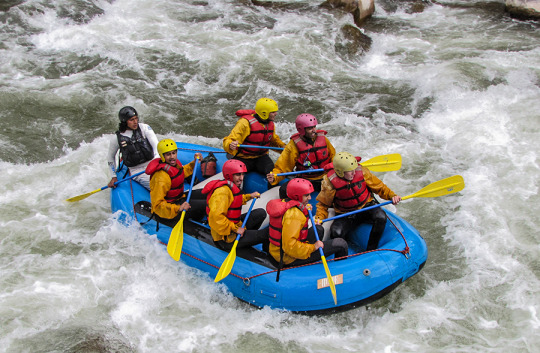
- Boating is an optional sport during the Inca Jungle.
- It is carried out in the waters of the Vilcanota river in the company of an expert guide.
- The difficulty of the adventure depends on the time of year.
- Between April to October, the waters are suitable for exciting low-risk tours.
- Between November to March, the river is only suitable for boating experts.
- At various points of the Inca Jungle walks are made.
- The trek from Santa María to Santa Teresa covers ancient Inca trails.
- The section from Santa Teresa to Aguas Calientes, crosses one of the most incredible landscapes before reaching Machu Picchu.
- The difficulty of the walks is not demanding.
- The Cocalmayo thermal baths are an optional stop during the Inca Jungle.
- The pools are outdoors and have a temperature of up to 44ºC.
- This section is an opportunity to relax after several hours of walking.
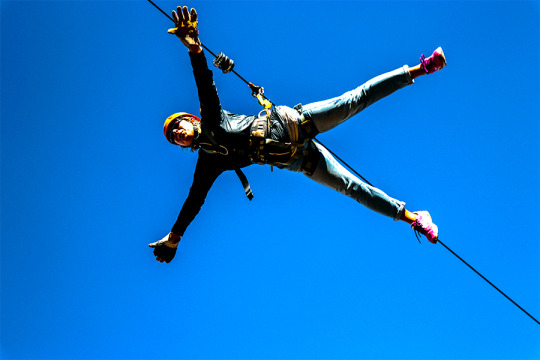
- This extreme sport is one more option during the Inca Jungle.
- It takes place in the town of Santa Teresa, at the beginning of the third day.
- The experience is doubly incredible due to the beauty of the landscape.
- Then, the visitors meet the group to continue the trip to Machu Picchu.
Is the Inca Jungle dangerous?
- The Inca Jungle is a safe adventure.
- The tour is carried out in the company of a professional tour guide trained in solving emergency situations.
In general, an Inca Jungle tour includes the following:
- Transportation to the ‘Abra Málaga’.
- Professional guide throughout the tour.
- Bicycle and safety implement.
- 3 nights of lodging (in Santa María, Santa Teresa and Aguas Calientes).
- Food during the tour (breakfast, lunch and dinner).
- Entrance to Machu Picchu.
- Transportation by train from Aguas Calientes to Ollantaytambo.
- Transportation by bus from Ollantaytambo to Cusco.
- Entrance to the Cocalmayo Thermal Baths.
- Boating service and its implements.
- Zip line service and its implements.
- Transportation by bus (from Aguas Calientes to Machu Picchu and vice versa).
- Inca Jungle reservations are made at a tourism agency through the internet.
- It is also possible to buy the tour directly from a tourism agency located in the Historic Center of Cusco.
- The Inca Jungle has a moderate difficulty. Adventure sports do not require significant physical effort.
- In total, approximately 35 kilometers of trekking are traveled on easy routes of great scenic beauty.
- The Inca Jungle has an approximate cost of 300 U $ D. However, this price varies according to the tourism agency and the quality of the service they provide.
- The best time to do the Inca Jungle at Machu Picchu is in the dry season (from April to October).
- During those months, the days are sunnier, the colder nights and the rains are unusual. Those days are ideal for outdoor excursions.
It is recommended to take the following to the Inca Jungle tour:
- Cap or hat.
- Sunscreen.
- Mosquito repellent.
- Trekking shoes.
- Canteen with water.
- Cotton clothes for 4 days.
- Rain poncho (in case of precipitation).
- Bathing suit and towel (for the Cocalmayo thermal baths).
- Trekking backpack.
- Extra cash (in case you need it).
- Photographic camera.
The Inca Jungle at Machu Picchu is one of the most incredible experiences in Peru. To fully enjoy this adventure it is recommended to consider the following:
- The Inca Jungle is recommended for young people of any nationality. However, there are cases of adults with advanced age who want to do this adventure.
- The Inca Jungle does not travel places that can cause soroche (altitude sickness). However, it is recommended to acclimatize at least 1 day in the city of Cusco before starting the tour.
- Not in good physical shape? The Inca Jungle is not difficult. It is recommended to prepare physically at least only 1 week before the tour.
- Don't feel ready for extreme sports? Many sports in the Inca Jungle are only optional.
- Do you want to do the Inca Jungle with your group of friends or family? There are private tours. You only have to request it at the tourism agency of your choice.






